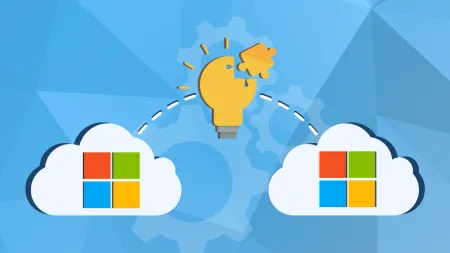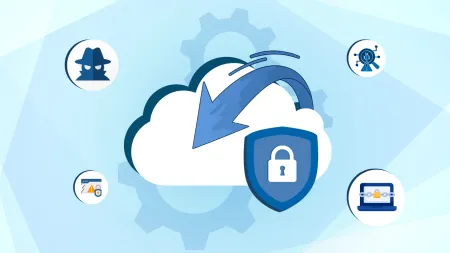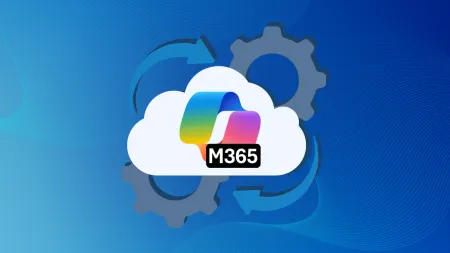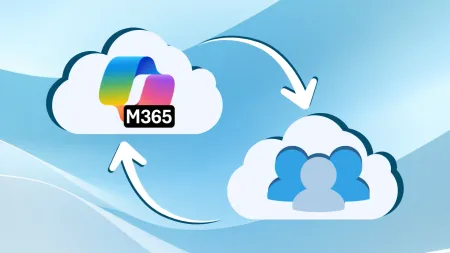The Coming of Age in Cloud Computing
Cloud computing has been around for years, in some form or another. As its popularity grows, the way it serves us grows and changes as well...

Cloud computing has been around for years, in some form or another. As its popularity grows, the way it serves us grows and changes as well. On Monday, Microsoft announced changes that will make their cloud more powerful and accessible to the masses than ever before. Agile IT is the Microsoft Southwest Area Cloud Partner of the Year for 2014, and one of the top 100 Cloud Computing Solutions Providers in the world. Contact us today to see how we can help transform your IT infrastructure.
Cloud computing isn’t merely changing the way much of the technology business works. Now it is changing itself, and putting even more computing power in more places.
On Monday, Microsoft, which operates one of the biggest so-called “public clouds,” or large and flexible computing systems available for remote rental, announced several changes to its data storage and processing services that will make them more powerful.
Microsoft also announced a partnership with Dell to sell a kind of “cloud in a box,” or hardware and software that created a mini-version of Microsoft’s cloud, called Azure, inside a company.
The idea is that a company could work with its own version of Azure, then easily move up to the giant version Microsoft has to handle big workloads. Hewlett-Packard may be after something similar with its effort to create a private-public cloud business based on the HP cloud, which uses a kind of open source software.
What all of this means is that cloud computing, which makes it easier to tie more things to computers and more easily manage software, is starting to appear in even more forms and types. Within each corporate proposition, including Google and Amazon, as well as Microsoft, HP and others, there appears to be an increasing trend toward offering more flexibility. Generally it’s done by abstracting what were functions of specialized hardware into more easily altered software.
Microsoft’s announcements this week came after the news last week that it would offer Windows Server technology on Docker, a fast-moving open source project (and start-up company of the same name) that takes cloud-type software abstractions even farther. Docker’s so-called “containers,” which were previously available on the Linux operating system, make it possible to build, deploy and update a software application anywhere in the world.
Adding to this confusing paradise of computing power, flexibility, and global software deployment, on Wednesday a company called Bracket Computing announced that it had a technology that makes it possible to run high-performance corporate computing systems across several public clouds at the same time.
While it now works only with different geographic locations inside the global cloud of Amazon Web Services, Bracket hopes eventually to enable companies to securely manage their computing across several public clouds at once. This kind of brokering, if successful, could mean further competition among the public clouds, either on price or service.
People who had worked with the Bracket System were impressed. “Even just with A.W.S., this is powerful,” said Frank Palase, senior vice president of strategy at DirectTV. “Abstracting over several cloud providers would mean we could have high levels of performance with no fear of outages,” since one system could be brought up if another failed.
It’s also possible that Bracket’s Computing Cell could hold containers, like Docker, inside its system.
For all the new terminology and hand-waving around these developments, at least one thing is clear: The cheap and easy cloud is also catching up in areas like reliability and management ease, where it has been criticized. Like all big computing trends, it has started rough, but it appears to be stabilizing and getting bigger.
This article excerpt, by Quentin Hardy, originally appeared here: http://nyti.ms/10M0OgV





